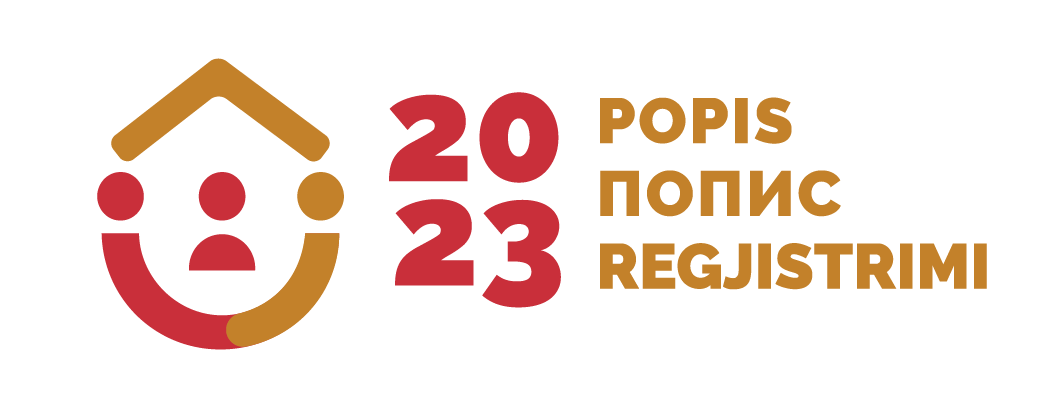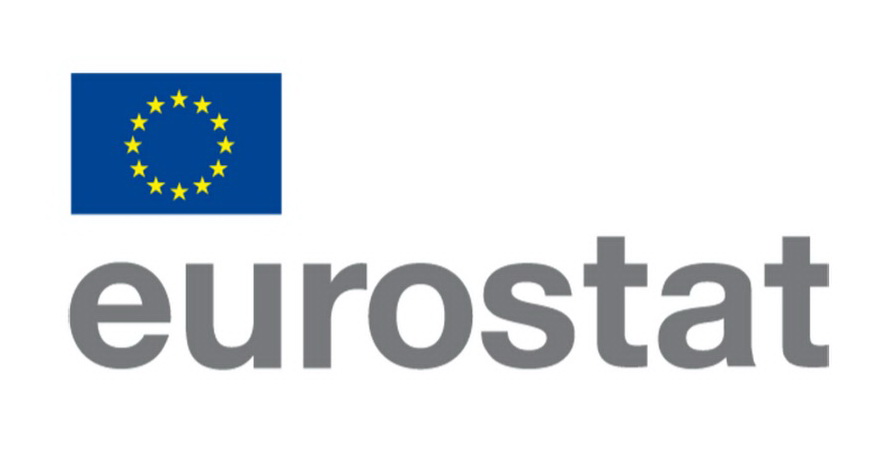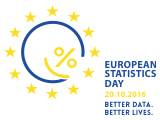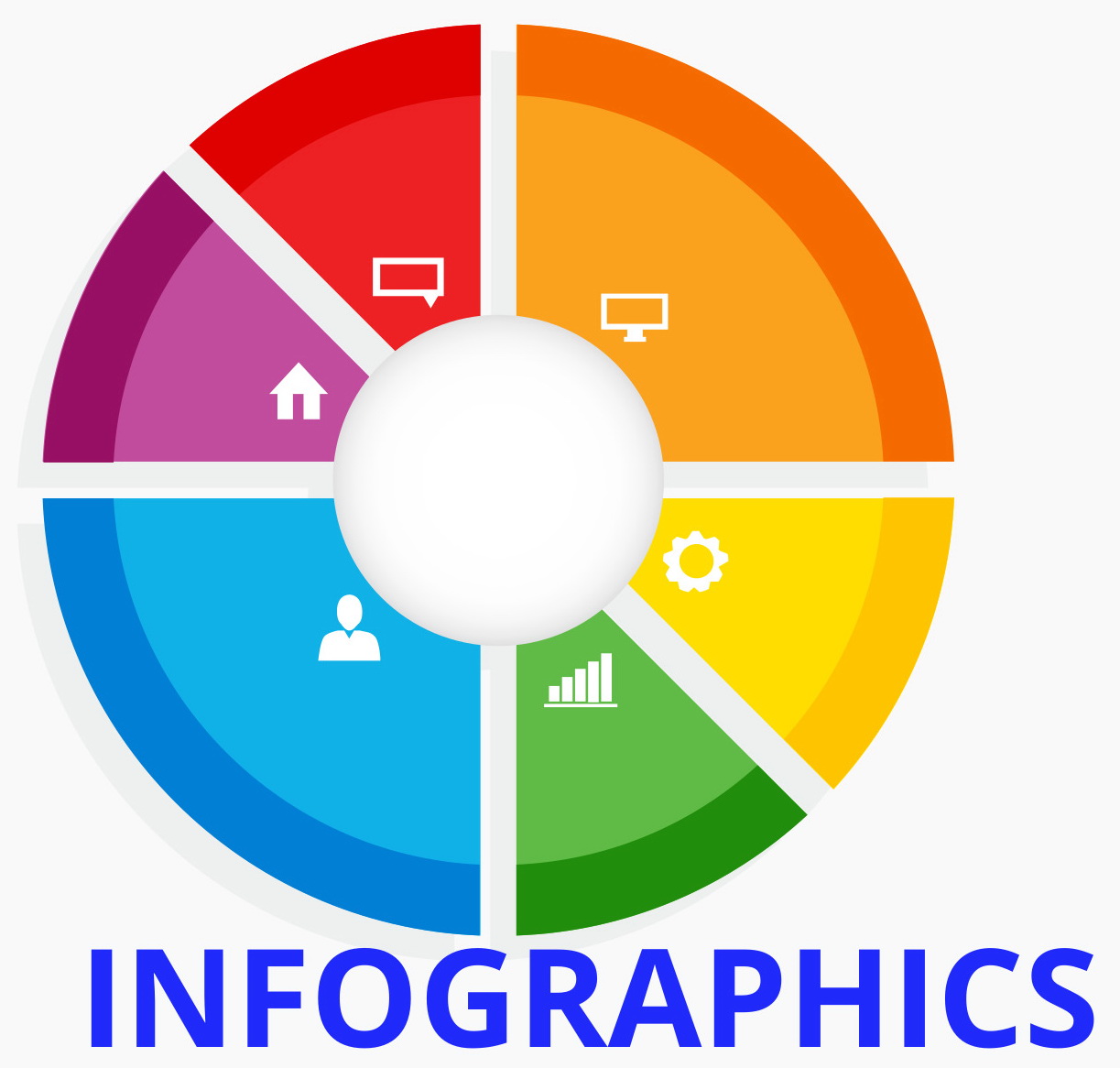| Category: |
Demographic and social statistics |
| Area: |
Education |
| Survey / data collection: |
Statistics on primary education |
Note: For any question on metadata, please contact MONSTAT metadata support.
| 1. Contact Vrh |
| 1.1. Contact organization: |
Statistical Office of Montenegro - MONSTAT |
| 1.2. Contact organization unit: |
Department on Education, Culture and Justice statistics |
| 1.2. Contact organization unit: |
IV Proleterske 2, 81000 Podgorica, Montenegro |
| 2. Metadata update Top |
| 2.1. Metadata last certified: | |
| 2.2. Metadata last posted: | 29 December 2023 |
| 2.3. Metadata last update: | 16.09.2021 |
| 3. Statistical presentation Top |
| 3.1. Data description: | The objective of the statistics of preschool education is to provide data on the condition; structure of the development of kindergartens; structure and movement of children and educators; results of education; and factors influencing them. |
| 3.2. Classification system: | International standard classification of education - ISCED 2011 |
| 3.3. Sector coverage: | Sector of education |
3.4. Statistical concepts and
definitions: | Primary education is organized as a regular and education which includes the education of children with special educational needs, adult education and basic art education.
Primary school is considered as a separate school unit, each incomplete (four-grade, five-grade, six-grade) and a full (nine-grade) elementary school, which is organisationally linked to central primary schools, with which it has a common administration or the same director, and is spatially central school.
School for elementary education and upbringing of children with special educational needs as well as each department that was formed at primary school.
The School for Adult Elementary Education and the departments that are jointly administered with regular schools of the same type.
School year is a period in which regular classes and other forms of educational work are realized. In the education statistics, a group of students is considered a group of students organized into one school unit, with one or more teachers who carry out teaching of a particular type according to a particular curriculum, regardless of whether the school is an independent, district unit or division with another type of school. The schools are also territorially separated units within the elementary school.
The division is a group of students who, simultaneously in the same room, during the school year, one teacher or more teachers are successive. Depending on the classes from which they are composed, classes can be uncombinated and combined. The non-incombustible division is a class where only one class is a student, and a combined department is a division where students of two or more grades are accommodated.
The class is the level of education in which students in a certain interval of time, but the longest one in a school year, acquire a certain amount of knowledge according to the curriculum of a particular type of school. The grades of students with grades and grades can be different. Students in the junior class can be divided into two or more classes (when a larger number of students is enrolled in one class). Students of two or more grades can compose one section (combined). Class students can compose one class.
Completed grade is considered as the class that the student is entitled to continue to attend regular classes in the next class. Completed the school is considered the class in which the student enters the final exam, and in schools where there is no prescribed final exam, the student finishes schooling in that school.
A regular student is a person enrolled in a school with a view to attending classes. A poncho is a pupil who is enrolled in the same class for the second time or several times. A pupil instructed to repeat the class is that student who is badly evaluated from several subjects at the end of the school year (in accordance with the regulations for this kind of school) or the one who did not pass the correctional or class exam at the end of the school year.
Children with special educational needs are: children with physical, mental and sensory impairment; behavioral disorders; severe chronic illness; emotional disorders; combined disturbances; long-term ill children and other children with learning disabilities who need education and education according to an educational program with customized implementation and additional professional assistance or special education programme or educational programme. |
| 3.5. Statistical unit: | Regular primary schools, resource centers, music and elementary schools |
| 3.6. Statistical population: | Students, teachers |
| 3.7. Reference area: | Montenegro and municipalities |
| 3.8. Time coverage: | from 1963 |
| 3.9. Base period: | not relevant. |
| 6. Institutional mandate Top |
6.1. Legal acts and other
agreements: | The Law on Official Statistics and Official Statistical System (Official Gazette of Montenegro No 18/12 and 47/19) defines provisions for collection, processing, and dissemination of data. The Law provides to the Statistical Office legal powers to collect and access the data necessary for the implementation of Programme and Annual Plan. The Law gives a priority to the use of administrative data and right of access to individual data that are a result of survey of other official statistical producers. As an annex to legal provisions, Statistical Office has signed several memoranda on cooperation with administrative data providers. |
| 6.2. Data sharing: | Signed agreement on cooperation with the official statistical producers:
1. Customs Administration
2. Tax Administration
3. Ministry of Finance
4. Central Bank of Montenegro
5. Trilateral agreement (MONSTAT, Ministry of Finance, and Central Bank of Montenegro)
International institutions:
1. EUROSTAT
2. UN organizations
3. IMF
4. World Bank |
| 7. Confidentiality Top |
| 7.1. Confidentiality - policy: | Articles 53-60 of the Law on Official Statistics and Official Statistical System (Official Gazette of Montenegro No 18/12 and 47/19) provide a framework for protection, use, and transmission of confidential data. MONSTAT has produced two comprehensive rulebooks that cover the procedures for individual data protection as well as keeping individual records. With purpose of the meeting legal framework on functioning of security system and statistical confidentiality there was adopted the Rulebook on Keeping Statistical Data by which Manner, Time, Technical Conditions and Organization of Statistical Data Storage to Prevent Their Destroying, Misappropriation, and Unauthorized Use is Regulated as well as the Rulebook on Contents and Manner of Keeping Records on Users of Individual Statistical Data by which contents and manner of keeping records on users of individual statistical data is regular.
Pursuant to the Article 59, an access to the confidential data is limited to persons performing duties and tasks of official statistical producer and up to the stage the data are necessary for official statistical production. Persons that performs duties and tasks within official statistical producers must sign the statement on respecting the principle of confidentiality.
Law on Official Statistics and Official Statistical System is aligned with the Regulation No 223/2009 and the Regulation (EU) 2015/759 from 29 April 2015 that also regulate confidentiality provisions.
The Government of Montenegro adopted the Statement on Commitment of Confidence in Official Statistics (Commitment of Confidence). |
7.2. Confidentiality - data
treatment: | Statistical Office of Montenegro receives from Ministry of education without identification. Data are published as aggregate at the level of municipality as lowest level. The rules for accessing micro data are defined by Law on Official Statistics and Official Statistical System of Montenegro, articles 58 and 59. |
| 8. Release policy Top |
| 8.1. Release calendar: | The Law on Official Statistics and Official Statistical System (Official Gazette of Montenegro No 18/12 and 47/19) stipulates that official statistical producers prepare, update, and publish Statistical Release Calendar. It is published on the website of Statistical Office not later than 20 December for the next year, for all official statistical producers that includes date of releasing statistical data. Any change in date of releasing in the Calendar is published in advance in accordance with the Procedure on Unplanned Revisions. |
| 8.2. Release calendar - access: | https://www.monstat.org/eng/page.php?id=12&pageid=12 |
| 8.3. User access: | General aim of official statistical producer is to meet the needs of users, and to make an access to statistical data to users in an understandable manner, simultaneously and under the same conditions. Statistical Office is obliged to produce and disseminate official statistics in objective, transparent and professional manner, so that all users are equally treated. |
| 10. Accessibility and clarity Top |
| 10.1. News release: | Release is publishing once ayear and it is available on the following link
,http://www.monstat.org/cg/page.php?id=600&pageid=76: |
| 10.2. Publications: | Statistical Office publishes the following regular publications: 1. Statistical Yearbook, 2. Montenegro in figures, 3. Monthly statistical review. In addition to the above regular ones, Statistical Office publishes also additionally publications. Some of the most important additional publications are as it follows: 1. Women and Men in Montenegro, 2. The most often used statistical data All publication published by Statistical Office are available at the following link: http://monstat.org/eng/publikacije.php |
| 10.3. Online database: | Not available. |
| 10.4. Micro-data access: | The Law on Official Statistics and Official Statistical System (Official Gazette of Montenegro No 18/12 and 47/19) regulates rules under which external users can obtain an access to individual data for needs of research. Article 58 defines types of scientific and research organizations that can obtain such data. Providing individual data without identifier is possible only upon a written request of scientific and research institutions, with purpose of performing scientific and research activities as well as international statistical organizations and statistical producers from other countries.
Research entity signs the agreement with Statistical Office, and it signs the statement on respecting the confidentiality principle.
Official statistical producers keeps a separate records on users and purpose of using the statistical data given to these users. |
| 10.5. Other: | not available. |
10.6. Documentation on methodology:
domain: | Not available. |
| 10.7. Quality documentation: | The Law on Official Statistics and the Official Statistical System ("Official Gazette of Montenegro" No. 18/12 and 47/19) defines the commitment to quality, which ensures that producers of official statistics in Montenegro work and cooperate in accordance with international principles of quality of the statistical system.
In accordance with the ESS Quality Declaration, Article 338 of the Treaty on the Functioning of the EU, Regulations 759/2015 and 223/2009 and the European Statistics Code of Practice, the following documents are adopted:
1. Quality Strategy of the Statistical Office
2. Guide for the implementation of the Quality Strategy in the Statistical Office;
3. Implementation plan |
| 11. Quality management Top |
| 11.1. Quality assurance: | Statistical Office has chosen the implementation of elements of TQM (Total Quality Management) model that foster development and improvement of functioning of:
- Institution,
- Official statistical result production, and
- Individual.
Within middle-term deadline, Statistical Office has chosen the TQM implementation through the following objectives:
1. Strong commitment to users and other interested parties,
2. Quality statistical processes and products,
3. Professional orientation of staff members,
4. Constant improvements,
5. Reduction of overburden of reporting units. |
| 11.2. Quality assesment: | The quality was monitored through all phases of production of data, from the responsible statisticians, in accordance with the specifics of the concrete research. Data collection and processing is the subject of this control. Within the organization of statistical surveys, certain aspects of quality are part of the preparedness of the staff involved and the production of statistics. |
| 12. Relevance Top |
| 12.1. User needs: | International users:
- Eurostat,
- World Bank,
- UN organizations,
- International Monetary Fund
National users:
- Ministries and other public administration bodies,
-Local government, and
-Other local government bodies.
- Central bank,
- Non-governmental organizations,
- Students,
-Researchers,
- Media. |
| 12.2. User satisfaction: | The Statistical Office has adopted the Quality Management Strategy, the Guidebook to the Implementation of the Quality Management Strategy, as well as the Plan for the Implementation of the Quality Policy.
In order to measure the degree to which fulfills obligations towards users and within the new quality policy, the Statistical Office conducted User satisfaction survey.
The results of the survey are available on the Statistical Office website, link: http://monstat.org/uploads/files/2.%20Izvjestaj%20o%20zadovoljstvu%20korisnika%20ENG%20(Autosaved).pdf |
| 12.3. Completeness: | 11tables are sent to Eurostat, data are submitted for the enrollment of pupils in elementary schools by sex, age, class and gender; number of classes in schools as well as graduate pupils in primary schools, as well as data for national needs. |
| 13. Accuracy and reliability Top |
| 13.1. Overall accuracy: | Accuracy is high, because the data source is administrative - MEIS (the database of the Ministry of Education) |
| 13.2. Sampling error: | not relevant. |
| 13.3. Non-sampling error: | Not relevant. |
| 14. Timeliness and punctuality Top |
| 14.1. Timeliness: | Data for primary education were published on March 29 and April 5, 2019,
The data are to be submitted to Eurostat on September 30, 2019, with the data for the beginning of the school year 2018/2019. and end of the school year 2017/2018.The data are published in accordance with the Annual Plan of Statistical Surveys and the Statistical Release Calendar. The data shall be published on the date specified in the Statistical Release Calendar in the form of a regular annual release.
Statistical Release Calendar is available on the link:http://monstat.org/eng/page.php?id=12&pageid=12 |
| 14.2. Punctuality: | Data publishing on the day prescribed by the Annual Plan and the Statistical Release Calendar. |
| 15. Coherence and Comparability Top |
15.1. Comparability -
geographical: | Data are collected in accordance with the regulations and national requirements. Comparability is provided with all countries who using the same methodology. |
| 15.2. Comparability over time: | From 1963 |
15.3. Coherence - cross
domain: | Not relevant. |
| 15.4. Coherence - internal: | not relevant. |
| 17. Data revision Top |
| 17.1. Data revision - policy: | Statistical Office has adopted the revision policy and it is available on the website https://www.monstat.org/eng/page.php?id=1411&pageid=3 |
| 17.2. Data revision - practice: | Annual plan foreseen preliminary and final announcement of data. According to this, a regular revision is applied for this survey. There is no big and unplanned revision. |
| 18. Statistical processing Top |
| 18.1. Source data: | Administrative source of data - Ministry of Education. |
18.2. Frequency of data
collection: | yearly. |
| 18.3. Data collection: | Administrative source |
| 18.6. Adjustment: | not relevant |







